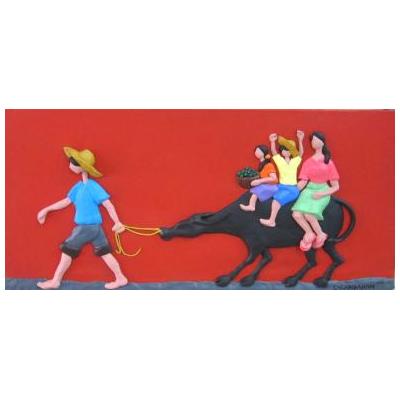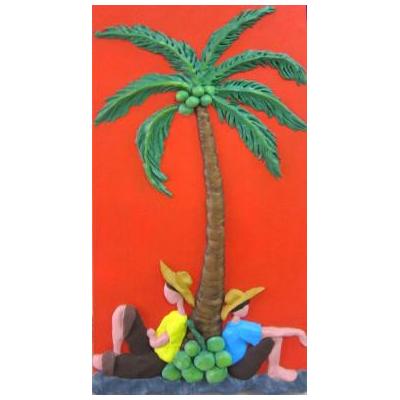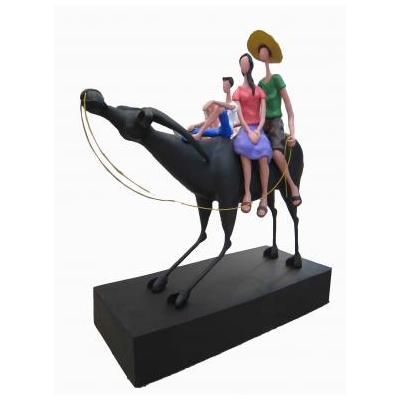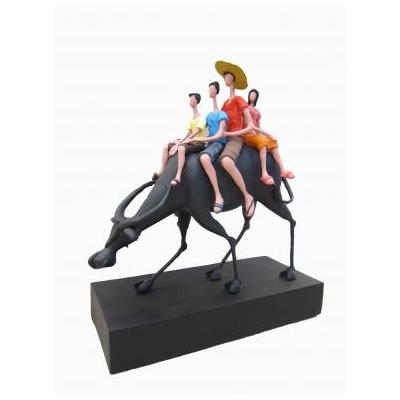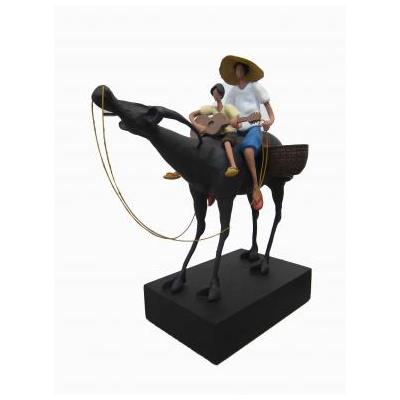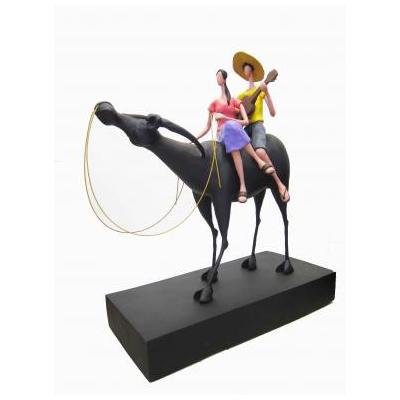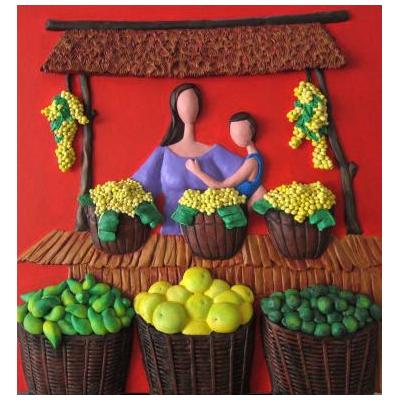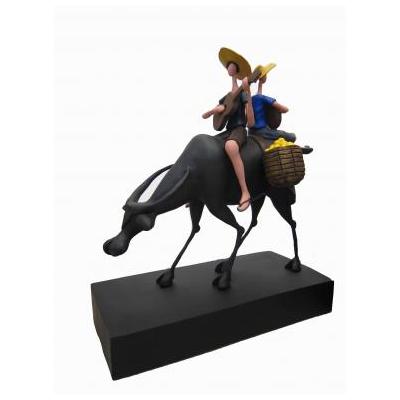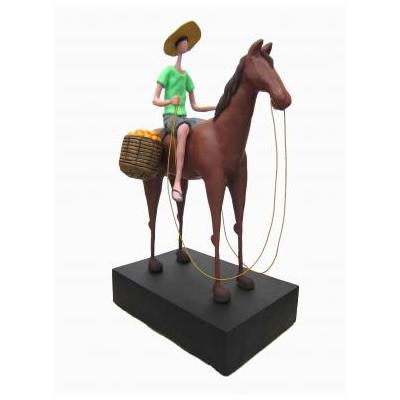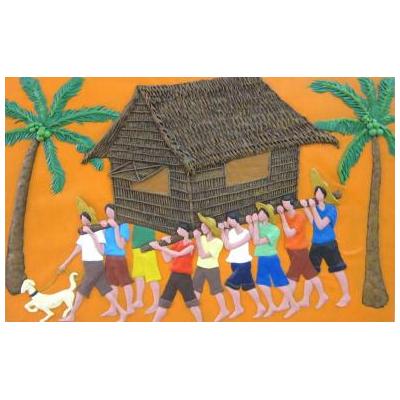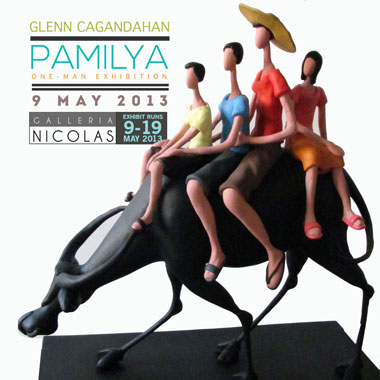
PAMILYA, NEW WORKS BY SCULPTOR GLENN CAGANDAHAN, OPENING AT GALLERIA NICOLAS IN GLORIETTA IV ON THURSDAY, MAY 9
Nothing is as important to the Filipino as family. And the typical Filipino family encompasses more than one’s immediate relatives—members in a Filipino family share all the trials and triumphs and go through life helping each other through thick or thin, regardless of whether one is directly related by blood or via extended families. The concept of an extended family comes naturally to every Filipino, and builds the foundation for his character and his relationship with the bigger world.
Noted sculptor Glenn Cagandahan explores the nuances of the Filipino family in his latest exhibition, Pamilya, at Galleria Nicolas. Opening on Thursday, May 9 at 6:30 p.m., Pamilya looks at the very essence of the idealized Filipino family in an idyllic rural setting. Featuring new sculptures and reliefs by the artist, Pamilya is a celebration of the Philippine family, as well as an examination of its essential characteristics.
The newly-renovated Galleria Nicolas, located at the 3rd Floor Art Space in Glorietta 4, Ayala Center, Makati City is host of this much awaited exhibition. The exhibit runs until May 18, 2013. Inquiries may be directed to their landline at (632) 625-0273 or email at info@gallerianicolas.com. Works can also be viewed at www.gallerianicolas.com
Glenn Cagandahan (b, 1977) is a sculptor of folk imagery and subjects, known particularly for his small mixed media sculptures of farmers and their families on carabaos. Trained at the College of Fine Arts of the University of the Philippines, Cagandahan’s practice seeks to establish Philippine cultural identity through the usage of rural genre scenes—a familiar motif in Philippine visual arts. Cagandahan distinguishes himself by adding another dimension, his scultures becoming idyllic representations of rural family life. Through his usage of these motifs, he presents a vision of a calm, peaceful, and simple life. Cagandahan presents traditional motifs in new ways—by placing them in mid-journey atop the very symbol of the Philippine character: the industrious and iconic carabao.
In Pamilya, Cagandahan pushes these motifs even further. Colorful family groups ride atop of a carabao, undoubtedly on their way to a family picnic. It’s Cagandahan’s unique reliefs, however, that truly exemplifies the essence of pamilya. Bayanihan, a work that shows a family carrying a house in the traditional way, shows how extended the Filipino family is—encompassing numerous titos, titas, cousins, and nephews. Fruit Vendor is a relief that shows a more traditional scene—mother and child, behind a fruit stall. Colorfully done, and with a sculptural technique that makes Cagandahan one of the foremost sculptors in the country today.
These reliefs brings much variety to the interested collector—providing him or her with the ability to hang the work on a wall as one would a paining, but occupying the volume of a sculpture. But it’s the theme of family that would draw an audience—Cagandahan skillfully taps into the very soul of every Filipino and reminds them of the essentialness of family and the need to help each other. In this sense, anyone looking to instill his or her home with the same set of values would find this exhibition interesting.
